
californiablackseahare015653.jpg Matthew Meier Photography
Sea hares have a soft body, a small internal shell and large 'wings' or parapodia, which can be used for swimming. Once found they are easily identified by the black rings and black lines on their large olive-green body. Toggle Caption.
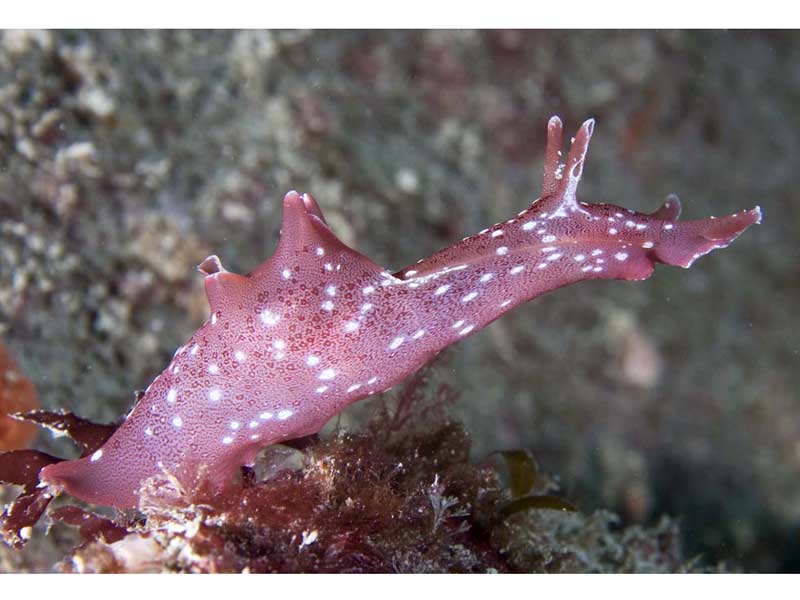
Black Sea Hare Facts
The Black Sea Hare holds the size record for all Sea Hares. It does not have the ability to exude a cloud of ink like the California Sea Hare. The Sea Hares are constantly grazing algal material and are found from the intertidal to the deep kelp forest. The part of their name "vaccaria" refers to this constant grazing aspect and the fact.
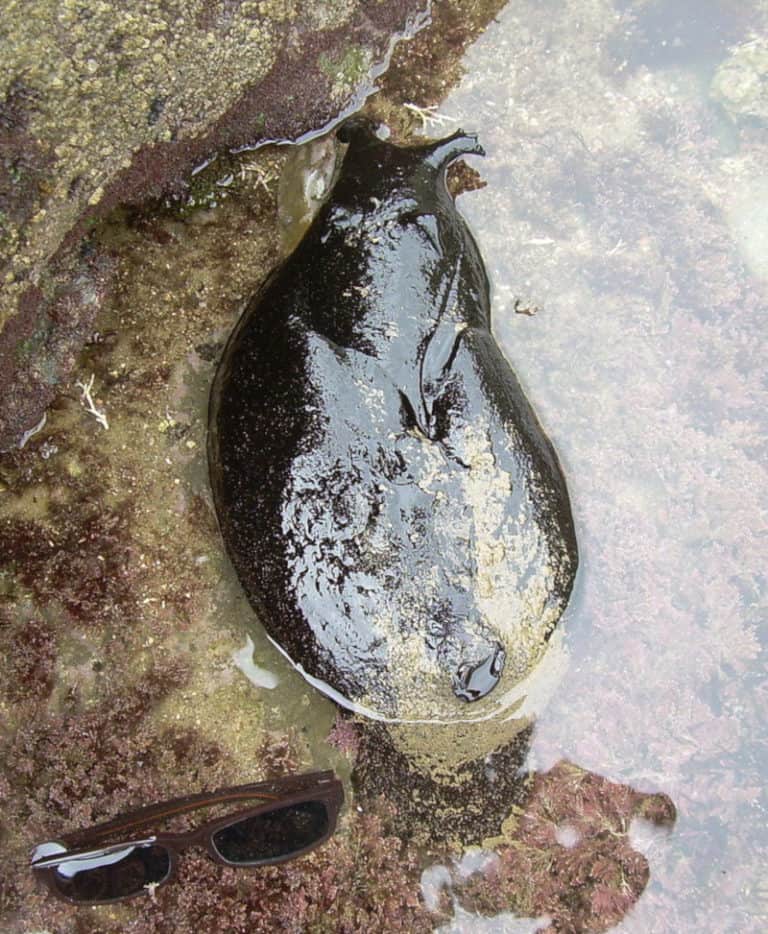
Black Sea Hare l Gargantuan Gastropod Our Breathing
The Atlantic Black Sea Hare, Aplysia morio (A.E. Verril, 1901) is a dark-colored, large (up to 40 cm, or 16 inches) sea slug (a gastropod mollusks without an external shell) that presents the typical, wing-like parapodia and internal shell characteristic of the genus Aplysia.

Black sea hare california hires stock photography and images Alamy
Black Sea Hare Black Sea Hare Aplysia vaccaria 1 Summary 2 Aplysia vaccaria, common name the "black sea hare" or the "California black sea hare", is a species of extremely large sea slug, specifically a giant sea hare, a marine opisthobranch gastropod mollusk in the family Aplysiidae, the sea hares. Sources and Credits

Atlantic Black Sea Hare DSC09845a Black sea hare, Marine life, Zoology
Aplysia vaccaria, also known as the black sea hare and California black sea hare, is a species of extremely large sea slug, a marine, opisthobranch, gastropod mollusk in the family Aplysiidae. [1] It is the largest sea slug species. [2] Distribution
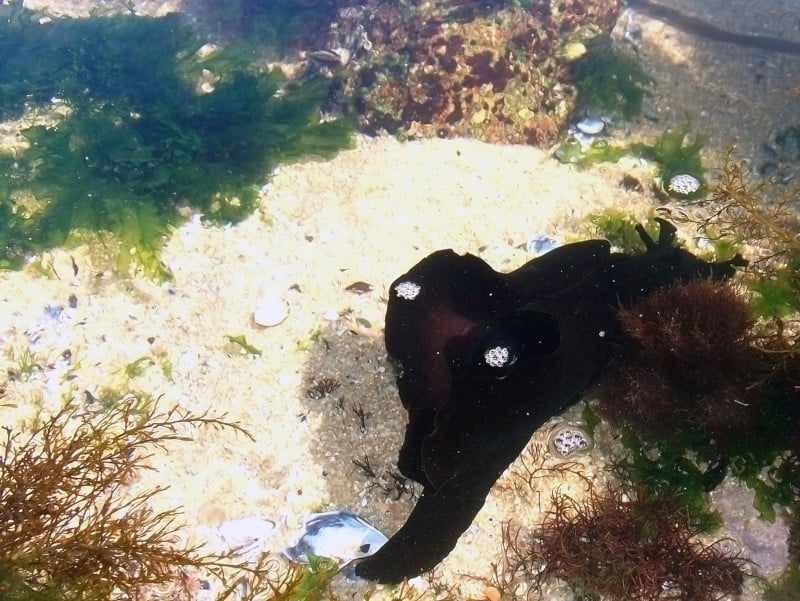
Black Sea Hare l Gargantuan Gastropod Our Breathing
Unique adaptations: Black ink produced by a gland in the sea hare's foot, and it is used as a defense mechanism Behavior Pattern: Social behaviour such as following each other and forming groups Diet: Algae, seaweed, seagrass, and phytoplankton Conservation Status: Least Concern
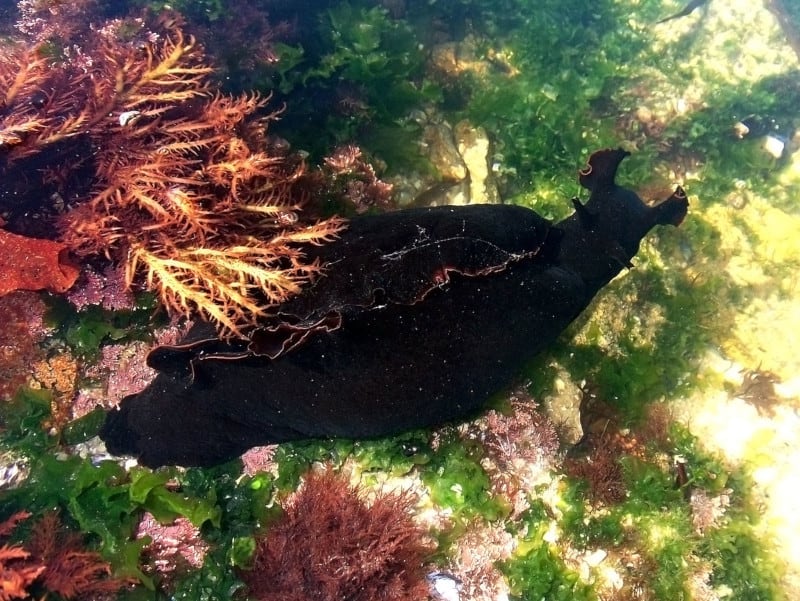
Black Sea Hare l Gargantuan Gastropod Our Breathing
The California sea hare, Aplysia californica, is found along the California coast from Humboldt Bay in northern California to the Gulf of California, Baja California, Mexico. ( Angeloni, et al., 2003) Biogeographic Regions pacific ocean native Habitat

Atlantic Black Sea hare YouTube
The California black sea hare (aplysia vaccaria) is a species of sea slug, which forms part of the gastropod mollusk branch in the Aplysiidae family. This particular species of gastropod is the largest in the world. Despite looking like fat and soft slugs, these dark mollusks often weigh up to 35 pounds.

Black Sea Hare Facts
Aplysia morio, the Atlantic black sea hare or sooty sea hare, is a species of sea slug, a marine gastropod mollusk in the family Aplysiidae, the sea hares. It lives in warm waters in the Caribbean Sea and off the south and southeastern coast of the United States, where it feeds on seaweed. Description
California Black Sea Hare Edible Alixlaautentica
[4] [5] A closely related species, Aplysia vaccaria, the black sea hare, can grow to be larger still. A California sea hare is typically reddish-brown to greenish-brown, but the color varies based on the algae it ingests. Each sea hare houses four tentacles, with two on the head sheltering the eyes, and two on the face surrounding the mouth.

Black sea hare (enormous sea slug) YouTube
The sea hare is a marine snail, found in shallow water and occasionally in rockpools on the low shore. They feed on seaweed and it is thought that this is what gives each sea hare its colour, e.g. green sea hares are eating green seaweeds like sea lettuce whilst the reddish-maroon sea hares are eating red seaweeds.
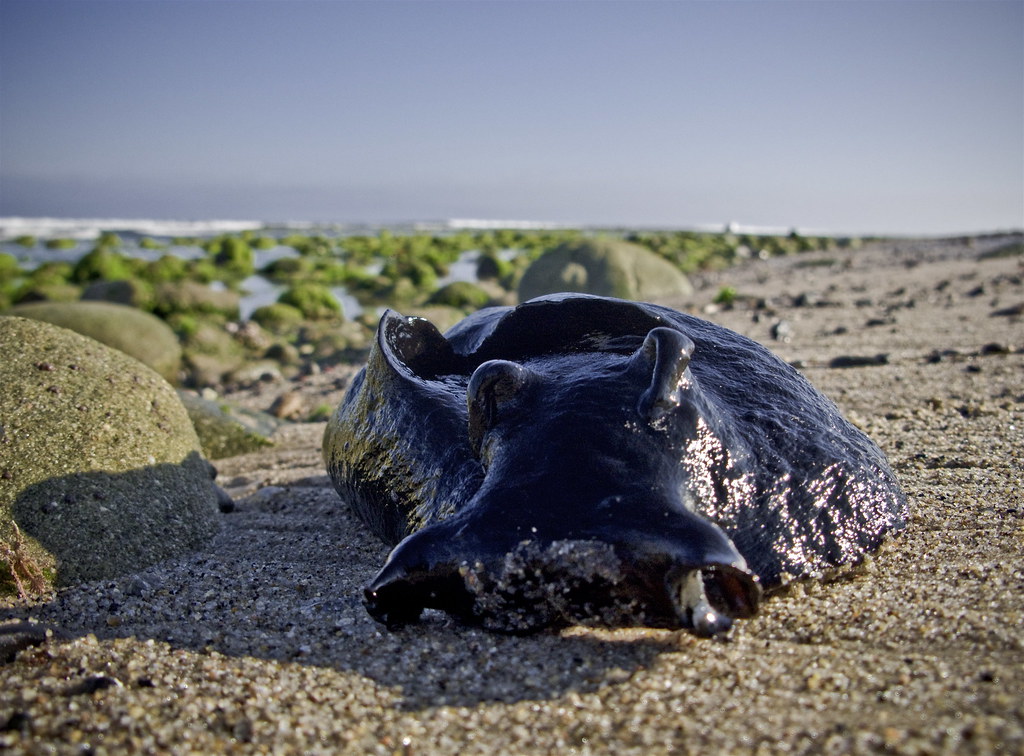
Black sea hare (Northern California Rocky Intertidal Species
Nothing like a land-based bunny, this gastropod is a relative of the snail and eats algae and sea grass. Its name is derived from the long, flat rhinophores on its head, which resemble rabbit ears. While they may look helpless, don't be fooled. Despite their lack of claws, spines, or other obvious defenses, the Atlantic black sea hare has a.
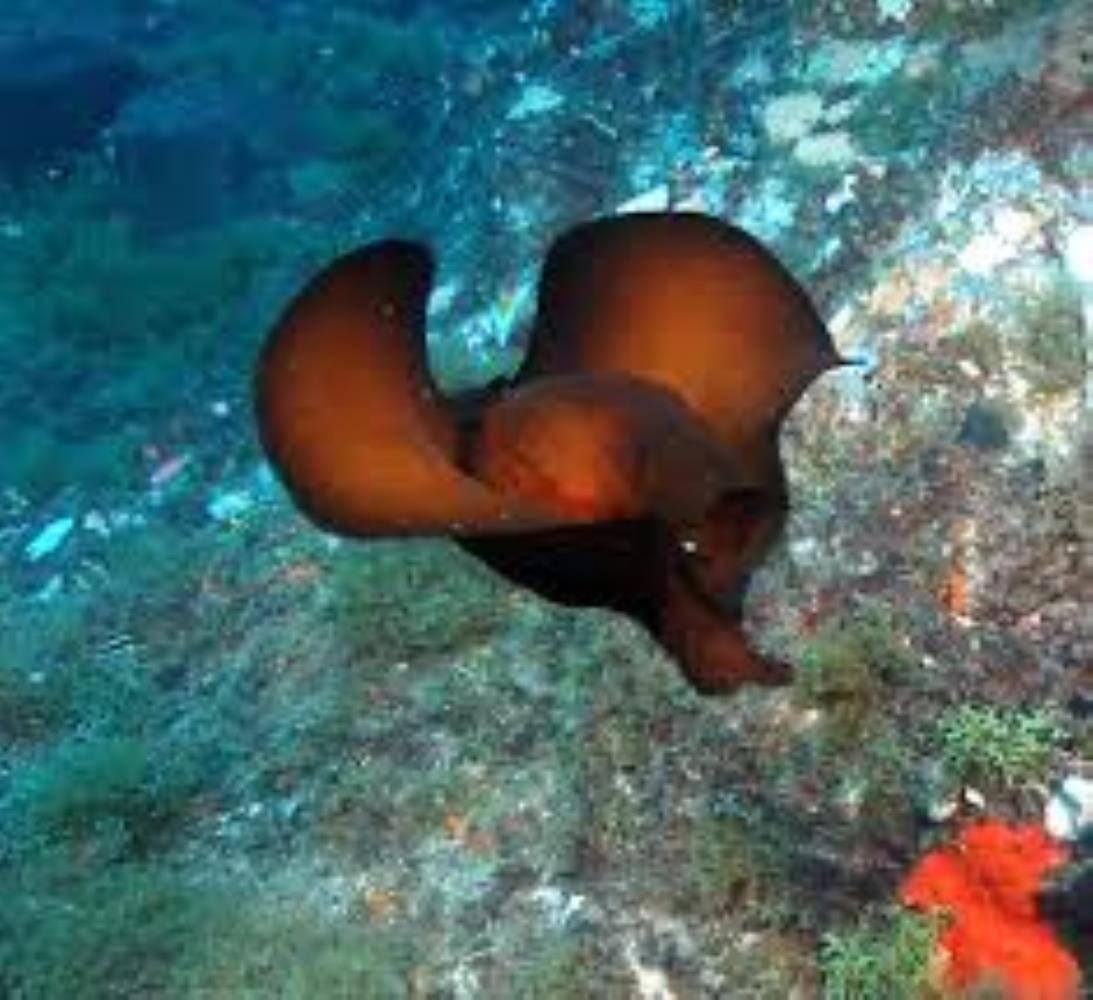
Atlantic Black Sea Hare Information and Picture Sea Animals
Aplysia vaccaria. Tectibranchiata: Aplysiidae. The largest Sea Slug. Native to northeast Pacific Sea California, United States and Baja California, Mexico, including the Sea of Cortez. Video of Aplysia vaccaria. Back to Molluscs of Southern California. Back to Natural History of Orange County, California. ~25 cm long.
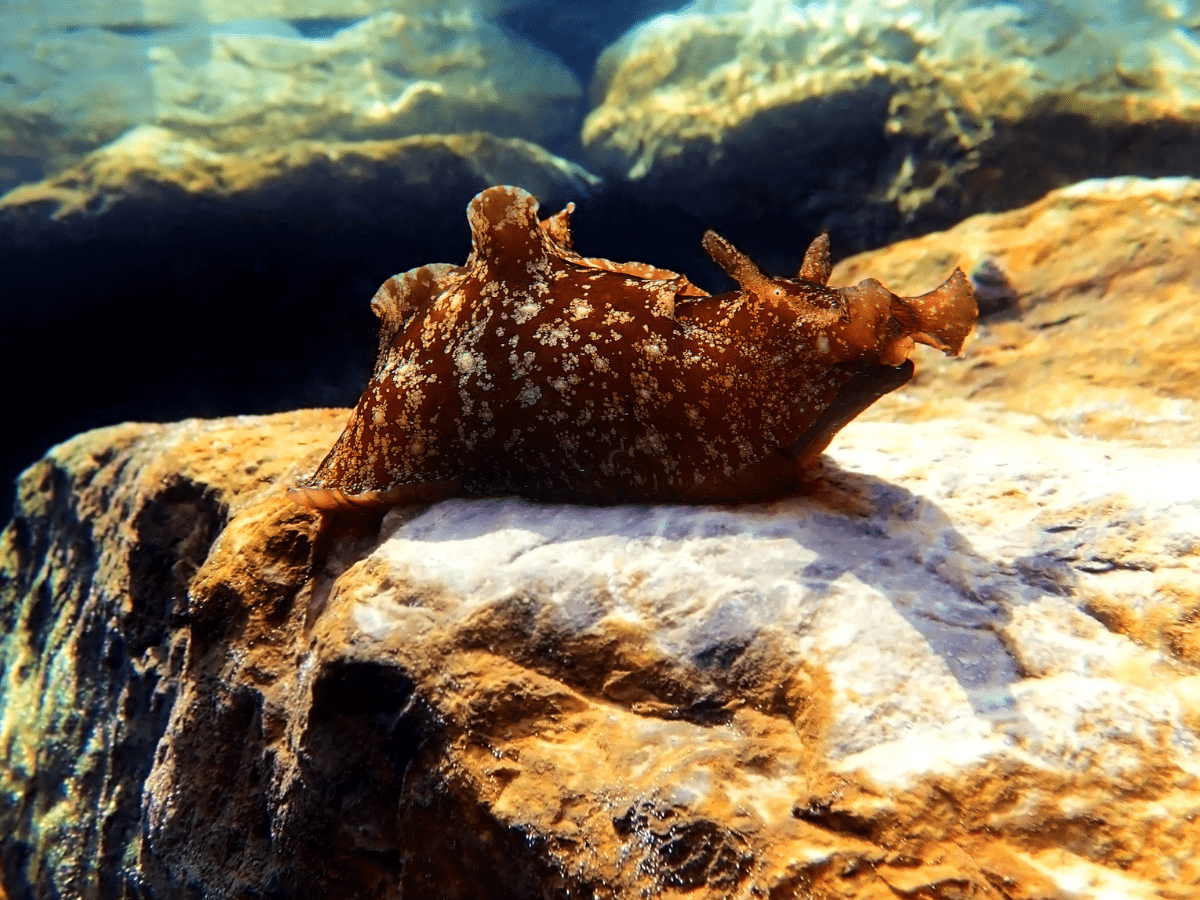
California Black Sea Hares (Life, Size , Reproduction) 2023
The Black Sea Hare (Aplysia vaccaria) is the largest sea slug species and a gastropod mollusk. They live in the northeast Pacific Ocean off of California, and in Baja California, including the Gulf of California. The body of the species is firm, and the parapodia are joined behind the siphon. Black Sea Hares have a length between 15"-39" (38-99 cm), width from 9.45"-23.62" (24-60 cm.

California Black Sea Hare
The common name "sea hare" is a direct translation from Latin: lepus marinus, as the animal's existence was known in Roman times. The name derives from their rounded shape and from the two long rhinophores that project upward from their heads and that somewhat resemble the ears of a hare . Taxonomy

Flying Atlantic Black Sea Hare Florida Diving YouTube
Aplysia ( / əˈplɪʒ ( i) ə /) is a genus of medium-sized to extremely large sea slugs, specifically sea hares, which are a kind of marine gastropod mollusk . These benthic herbivorous creatures can become rather large compared with most other mollusks.